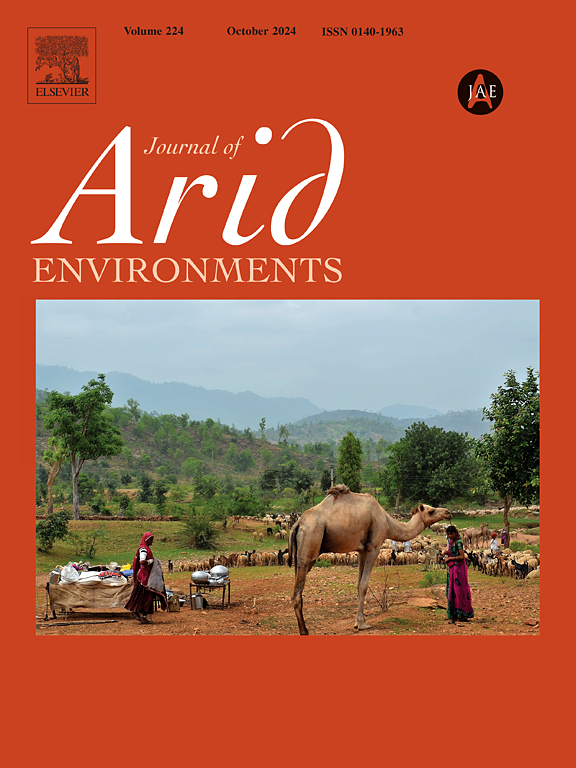智利北部洛斯克洛斯的华斯科沿海沙漠中的Galictis cuja (Molina, 1782)的饮食习惯
IF 2.5
3区 环境科学与生态学
Q2 ECOLOGY
引用次数: 0
摘要
美洲狮,Galictis cuja,是一种广泛分布于南美洲的食肉哺乳动物。然而,它的保护状况和自然历史在其大部分范围内都知之甚少。在智利,从北部的沙漠到南部的温带雨林,它分布在该国的所有地区。这一物种的特点是罕见的,在大多数栖息地,它已被记录。本研究分析了智利北部科金博地区Huasco沿海沙漠中的G. cuja的饮食。2010年9月(春季)收集了63份粪便样本,然后使用钥匙和参考样本进行分析和分类。其食性是多面体,包括象类节肢动物、幼虫和蛹,占猎物食性的75%。在饮食中最常发现的营养类别是拟甲科鞘翅目。然而,小灰鼠也吃野生啮齿动物,占其饮食的25%,其中达尔文叶耳鼠Phyllotis Darwin(约50克)是最常见的猎物。这表明它们在干旱生态系统中的饮食是多面手,这也可能与波动环境中的可用资源有关。本文章由计算机程序翻译,如有差异,请以英文原文为准。
Food habits of the Lesser grison Galictis cuja (Molina, 1782) in the Huasco coastal desert, Los Choros, northern Chile
The Lesser grison, Galictis cuja, is a carnivorous mammal widely distributed in South America. However, its conservation status and natural history are poorly understood throughout much of its range. In Chile, it is found in all regions of the country from deserts in the north to temperate rainforests in the south. This species is characterized as Rare in most of the habitats where it has been recorded. This study analyzed the diet of G. cuja in the Huasco coastal desert of the Coquimbo Region, northern Chile. Sixty-three fecal samples were collected in September 2010 (spring), which were then analyzed and categorized using keys and reference collections. Its diet was generalist, consisting of imago arthropods, larvae, and pupae, which represented 75 % of the prey consumed. Coleoptera of the family Tenebrionidae were the most frequently found trophic category in the diet. However, the Lesser grison also consumes wild rodents, which accounted for 25 % of its diet, with the Darwin leaf-eared mouse Phyllotis darwini (about 50 g) being the most frequent prey item. This suggests that their diet in this arid ecosystem is generalist, which could also be related to the resources available in a fluctuating environment.
求助全文
通过发布文献求助,成功后即可免费获取论文全文。
去求助
来源期刊

Journal of Arid Environments
环境科学-环境科学
CiteScore
5.70
自引率
3.70%
发文量
144
审稿时长
55 days
期刊介绍:
The Journal of Arid Environments is an international journal publishing original scientific and technical research articles on physical, biological and cultural aspects of arid, semi-arid, and desert environments. As a forum of multi-disciplinary and interdisciplinary dialogue it addresses research on all aspects of arid environments and their past, present and future use.
 求助内容:
求助内容: 应助结果提醒方式:
应助结果提醒方式:


